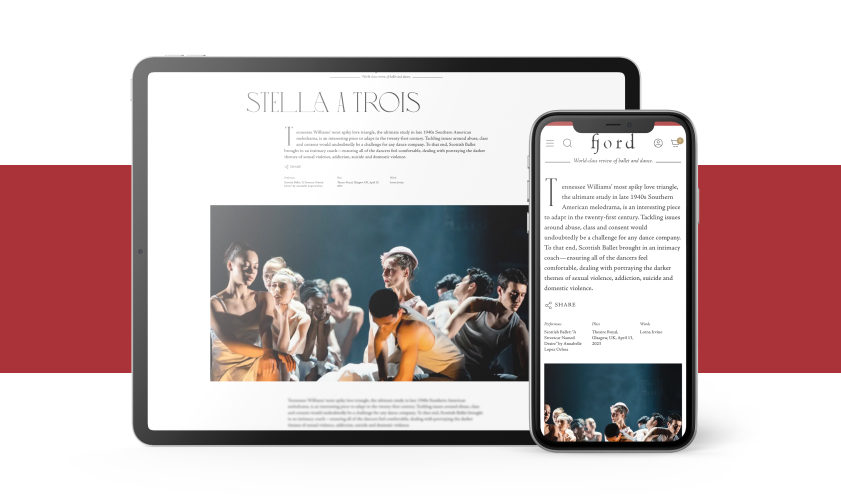The evening opened with Sefton’s 2018 work, “Triptych: Experience in Defiance,” set to a spoken word track written and performed by rapper/poet Jason Chu, whose personal tone echoes, according to the program, “his thoughts about freedom, immigration and humanity’s struggle to stay engaged.”
Perhaps this 10-minute number might have worked better if Chu had delivered his stuff in person (as he did at the work’s premiere) but since it was on tape and not that compelling—or recorded with verve—the dance, which was divided into three sections—a solo, duet and trio—had less power than it might have.
Yes, the performers demonstrated mastery over steps ranging from entre-chats and one-legged balancing, to quarter turns and über pliés, but there was a veritable disconnect between the words and the movement. One of Chu’s assorted dictums, “I will not look white people in the face, because I don’t think they have faces,” did not register with this reviewer, while most of Sefton’s movement vocabulary, on the other hand, did.
As it did in the seven-minute excerpt from Sefton’s 2017 work, “Girl, Get Off,” which, the program detailed, was, “inspired by a dream and informed by societal shifts towards expanding gender/orientation identifiers, expressed from a female point of view.” This plea for sexual tolerance, set to an original ambient score by Bryan Curt Kostors, was, to be blunt, a study in sexuality delivered in an array of duets and trios.
With a kaleidoscope of deft floor-skittering, abundant unisons and sensuous moments between the dancers—sadomasochism, anyone?—these gambits made the dance seem like foreplay, or, at least, fore-dance, as was also evident in a bit of saucy hip shimmying and Sefton’s ever-present hand-flutterings. Particularly beguiling were Scully and Huerta’s duet, while Ackerman, Crawford and Lyric provided equal amounts of grace and grit.
Sefton’s issue-driven choreography can be, at turns, thoughtful, engaging, and downright scary, with her dancers definitely top-notch, but sometimes a little humor can go a long way. Still: In today’s dangerous political climate, when the world’s number one dissident, Aleksei Navalny, is murdered in a Russian prison, it’s good to know that we can escape—at least for an evening—into dance.











comments